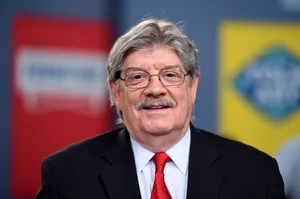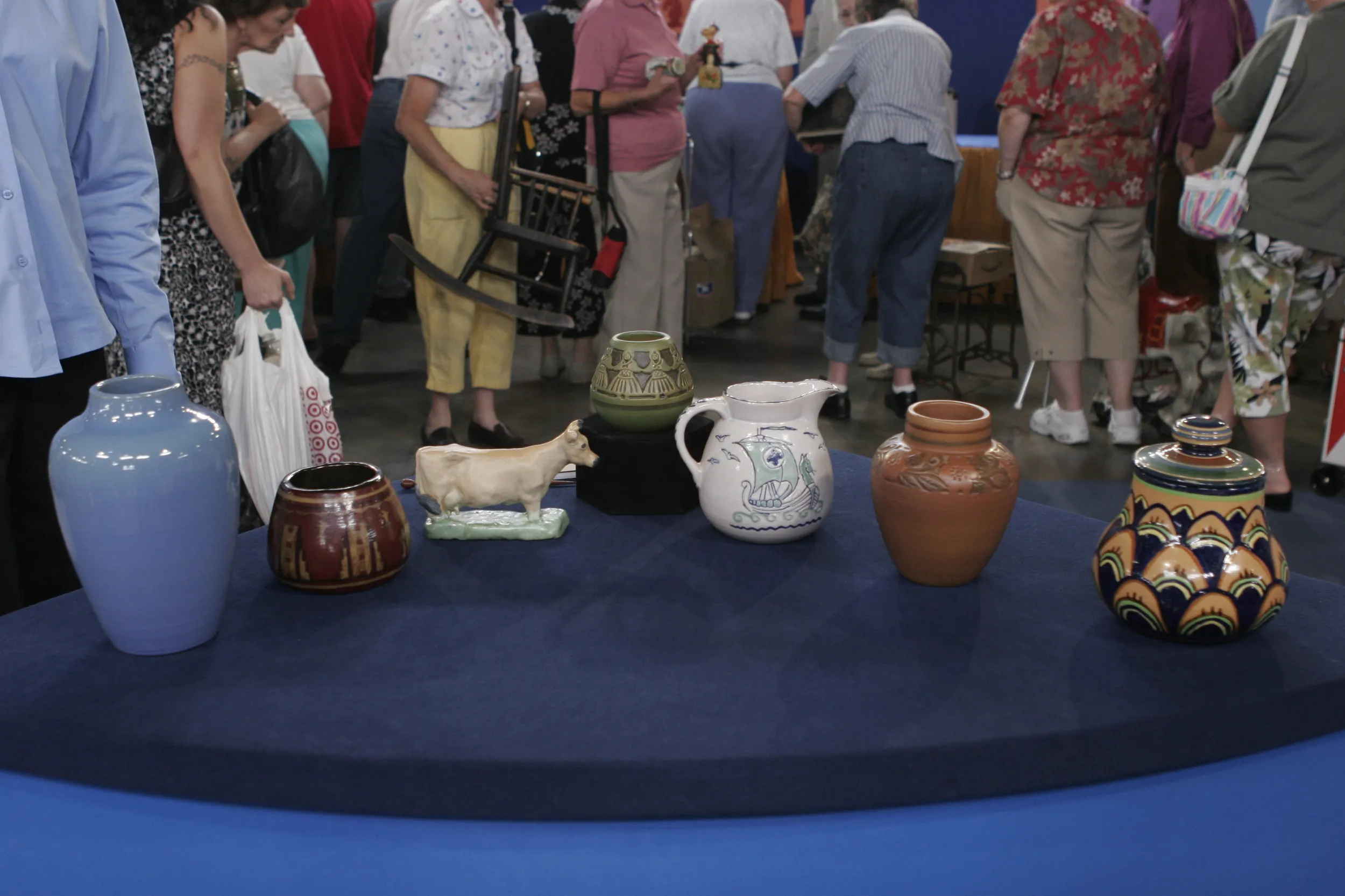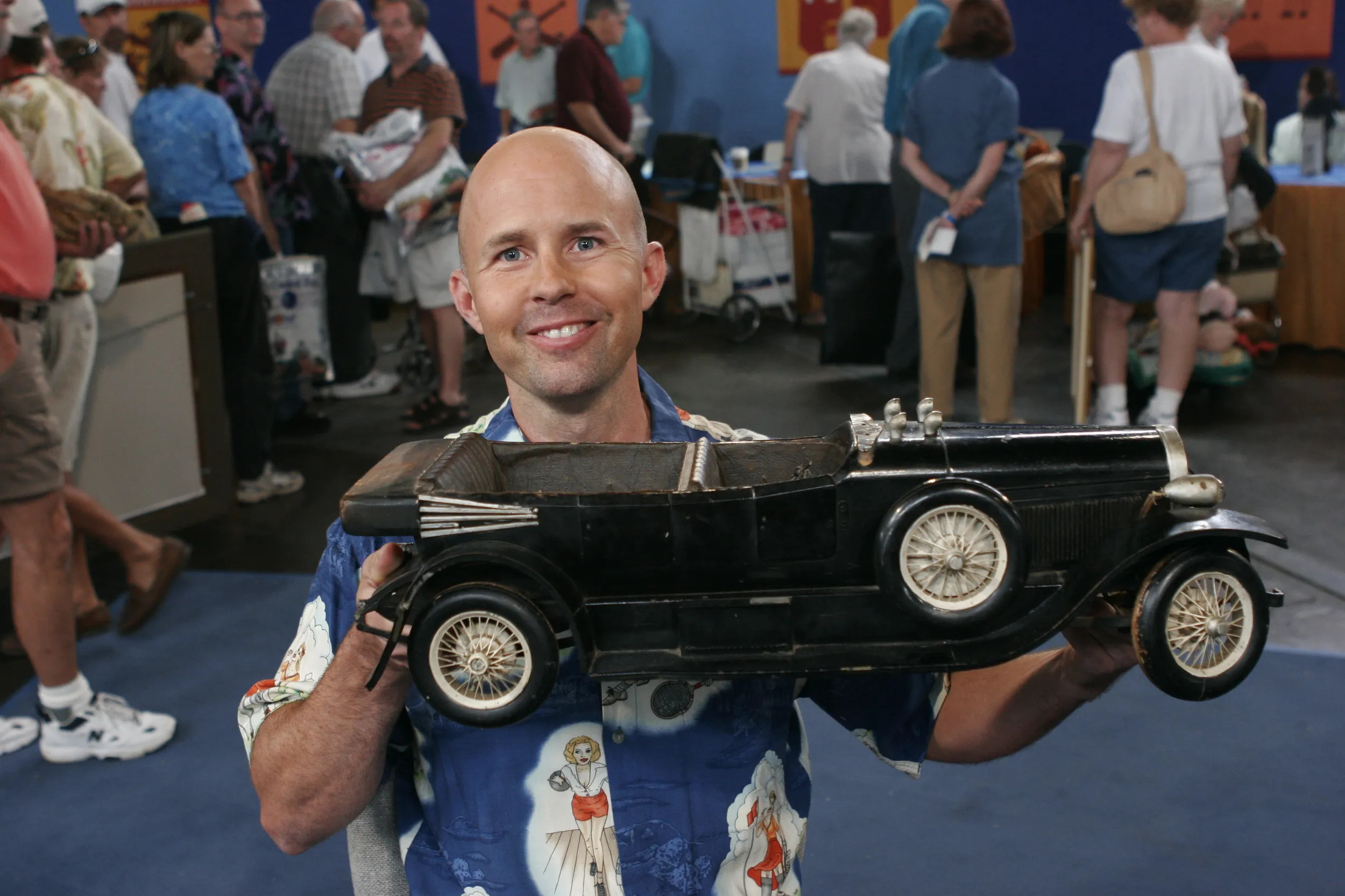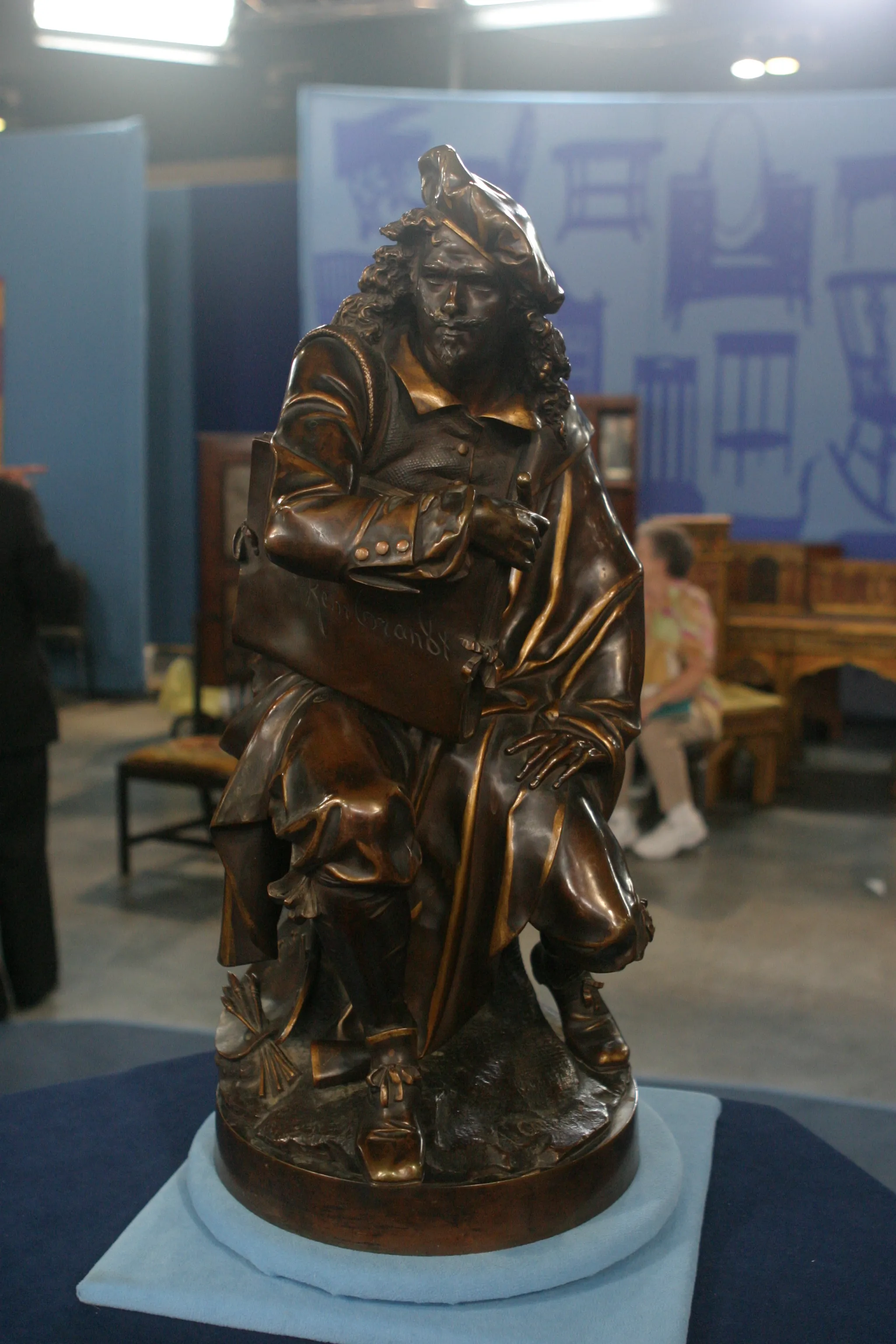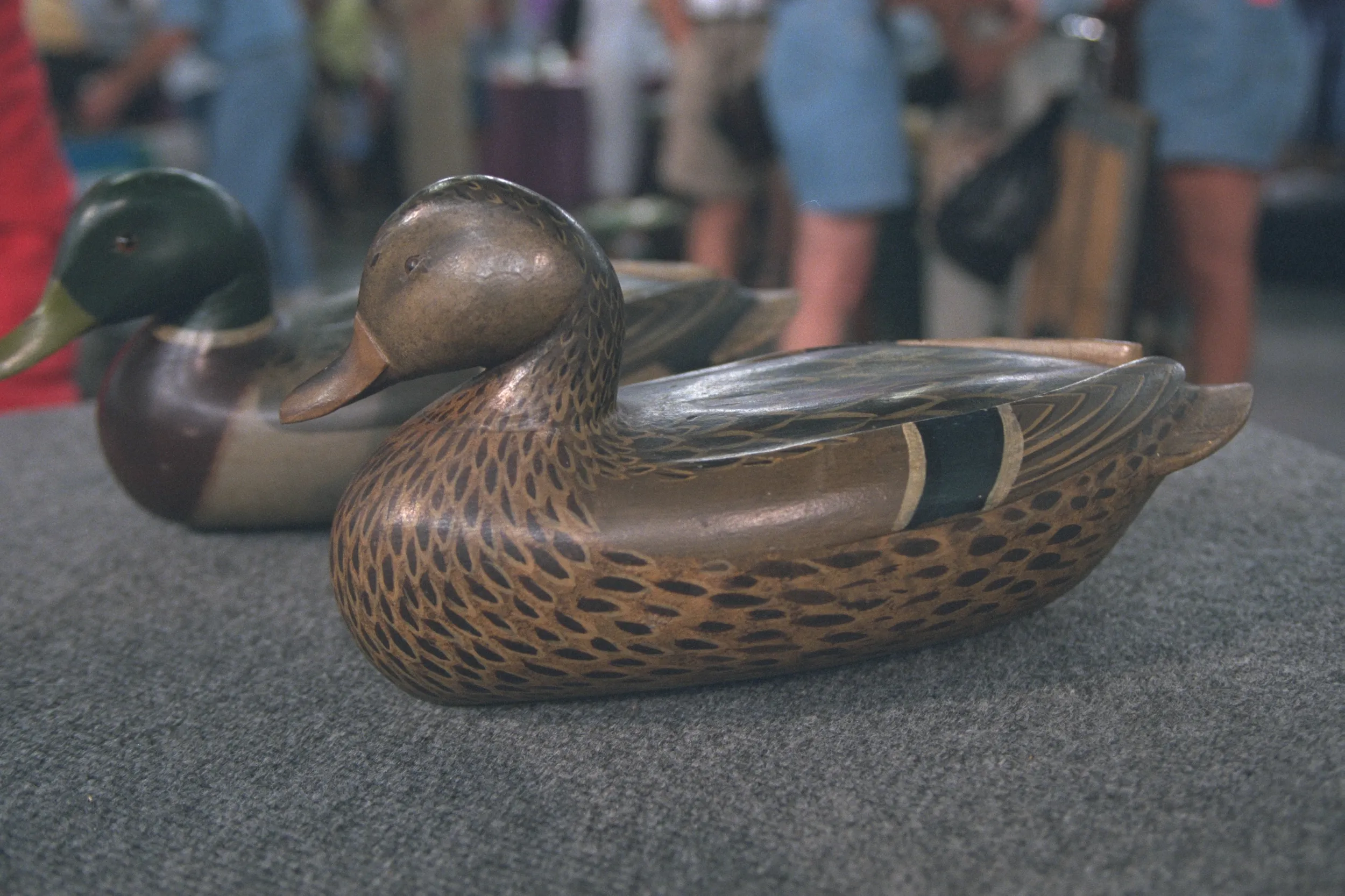GUEST: Well, this belonged to my grandfather, and he went to Nome, Alaska, in the early 1900s and built the first hotel up there. And my grandmother followed later with two children. And I'm not sure how he acquired this, but I know that he did acquire it from an Eskimo. I'm not sure as to the dates, but I know that my father went to the first grade in Nome, and they had no schoolhouse. So the saloon was the schoolhouse by day and the saloon at night.
APPRAISER: Nome is right on the coast in the central part of Alaska.
GUEST: Yes, yes.
APPRAISER: It's on the Bering Sea. And the people in the area are called Inupiaq. Gold was discovered in about 1899 in the Nome area. So there was a tremendous gold rush. Now, you'll be delighted to know I found your grandfather on the Internet.
GUEST: No kidding?
APPRAISER: And he was actually listed as a cigar dealer.
GUEST: (chuckles)
APPRAISER: So, he was quite an entrepreneur. Now, the Inupiaq were equally as entrepreneurial as your Grandfather.
GUEST: Yeah.
APPRAISER: They had this horde of people coming into Alaska, and they said, "We can sell them things."
GUEST: Yeah.
APPRAISER: And this was one of the things that they could sell. Now, this cribbage board is made of a walrus tusk, and as you see from the size, it's a fairly mature animal.
GUEST: Yes.
APPRAISER: This scrimshaw style of carving probably was brought to Alaska by the whalers...
GUEST: Mm-hmm.
APPRAISER: ...in the beginning of the 1800s. Whaling in the Bering Sea goes
back thousands of years, but the non-American whalers were in there in the early 1800s. They probably taught the Inupiaq how to do the scrimshaw. So you have these terrific artists at the beginning of the 20th century that were creating these objects for the "tourists" that were in the area, which is your grandfather. You'll see these Inupiaq scenes on here with the seals. You have this kind of mermaid here and this very unusual sort of flounder-like fish. So what we have is, we have an artist that's probably a little bit different. What totally fascinated me about this piece is, on the reverse, we have a map. Now, what did you think about this map on the back?
GUEST: Well, I thought it was the coast of Alaska.
APPRAISER: Okay. It is the coast of Alaska. What about these spellings?
GUEST: Well, whoever did it wasn't very literate, and…
APPRAISER: Okay.
GUEST: ...got their letters all backwards.
APPRAISER: Well, actually, this is a mirror image, and I think he did it absolutely on purpose. Either this had legs on it, and it was reflecting the mirror image of the map, or he was making a joke.
GUEST: Yeah.
APPRAISER: I think it's very unusual. I've never seen that before. I think it's a fascinating object. I'm delighted that you brought it in. And a very, very good insurance value on this…
GUEST: Mm-hmm.
APPRAISER: ...would be $2,500 to $3,500. And I'm just delighted you brought it in.
GUEST: Why, thank you.
